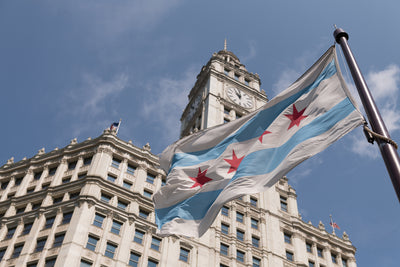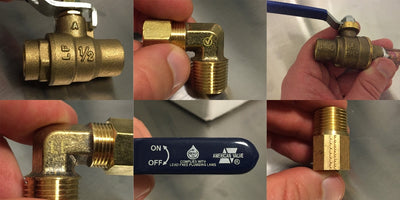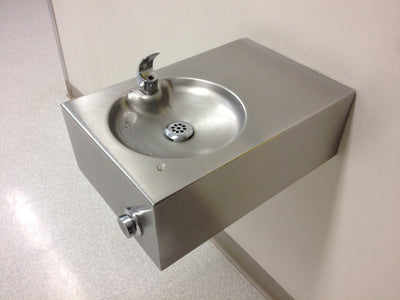Analies Dyjak, M.A. | Head of Policy
Over 6.1 million homes in the United States still use a Lead Service Line (LSL) to deliver drinking water into their homes. The City of Chicago has more lead pipes and Lead Service Lines than anywhere else in the country, according to Chicago Mayor Lori Lightfoot. The city recently announced that it would prioritize replacing Lead Service Lines beginning in 2021. Unfortunately, the program isn’t as all-encompassing as would be expected by a city the size of Chicago. This article will break down Chicago’s lead line replacement program, and discuss other cities in the U.S. with similar issues.
Details of Chicago's Lead Service Line Replacement Program:
Lead-Safe Chicago was initiated in 2020 to bring further attention to Chicago’s unresolved lead crisis. The city will assist low-income residents by providing a free lead line replacements to households with a combined income of below $67,300. Households who make more than $67,300 and do not qualify, are encouraged to participate in the “homeowner-initiated program” - which means that homeowners must identify their Lead Service Line, pay for it to be replaced, and pay for bottled water/filtration while the line is being replaced. The projected average cost to a homeowner in Chicago will be $6,000. The city has offered to waive all permitting fees, which they claim to be as high as $3,000. The homeowner-initiated program is entirely voluntary, and not mandated by the city of Chicago. It's important to mention that because Chicago has an estimated 400,000 Lead Service Lines, this program will take years to complete.
Lead Levels Often Increase for Months After Replacing a Lead Service Line
It may seem counter-intuitive, but lead levels often increase for at least a few months, if not over a year, after a lead service line is replaced. This is because the protective coating inside the pipe (created by years of corrosion control) gets disrupted, and the debris/freshly uncovered pipes surface can contaminate water with lead. One of our scientists wrote an article that goes into further detail about this. You can check it out here.
If You Rent in Chicago, You're on Your Own
There are over 1 million renters in the City of Chicago. This initiative does not require homeowners or landlords to take any sort of action, or replace an existing lead service lines. If you rent or lease in Chicago, you’re entirely on your own for ensuring your tap water is free of lead.
Chicago Water is 9 Times Above The Public Health Goal for Lead
Despite having the most lead pipes in the country, Mayor Lightfoot continues to claim that Chicago water “meets all safety standards.” It’s important to note that there is no such thing as a “safety standard.” Federal regulatory standards, also referred to as “Maximum Contaminant Levels” (or “Action Level” for lead), are the enforceable standards used by EPA. These federal regulatory standards are not entirely based on health outcomes, and must weigh the cost of removing a contaminant with the benefits to public health. Health organizations like the Centers for Disease Control and American Academy of Pediatrics have created public health standards, which on the contrary, are actually based on health impacts. According to both of these agencies, there's is no "safe" level of lead for children. The Environmental Protection Agency has even created a Maximum Contaminant Level Goal of 0 parts per billion for lead. Lead levels in Chicago are currently 9 times higher than this public health goal.
Chicago is Not Alone:
This ongoing and unresolved lead crisis in not unique to Chicago. New York City, Pittsburgh, Newark, Denver, Portland, Oregon and so many more all have underreported issues with lead in drinking water. Municipalities are not always forthcoming about the safety of the water flowing through their taps. In June of 2018, the mayor of Newark, New Jersey claimed that Newark’s drinking water was safe for consumption and that residents could continue drinking Newark tap water. Unfortunately, Newark was actually in exceedance of the federal Lead Action Level of 15 parts per billion. If you have any questions about your city's water quality report, one of our Water Nerds would be happy to help! You can send us an email at hello@hydroviv.com or send us a chat on our homepage: hydroviv.com.
Other Articles We Think You Might Enjoy:Things To Know Before Replacing Your Home's Lead Service Line
TDS Meters Do Not Tell Us Meaningful Information About Water Quality
Does Boiling or Freezing My Water Remove Lead?













